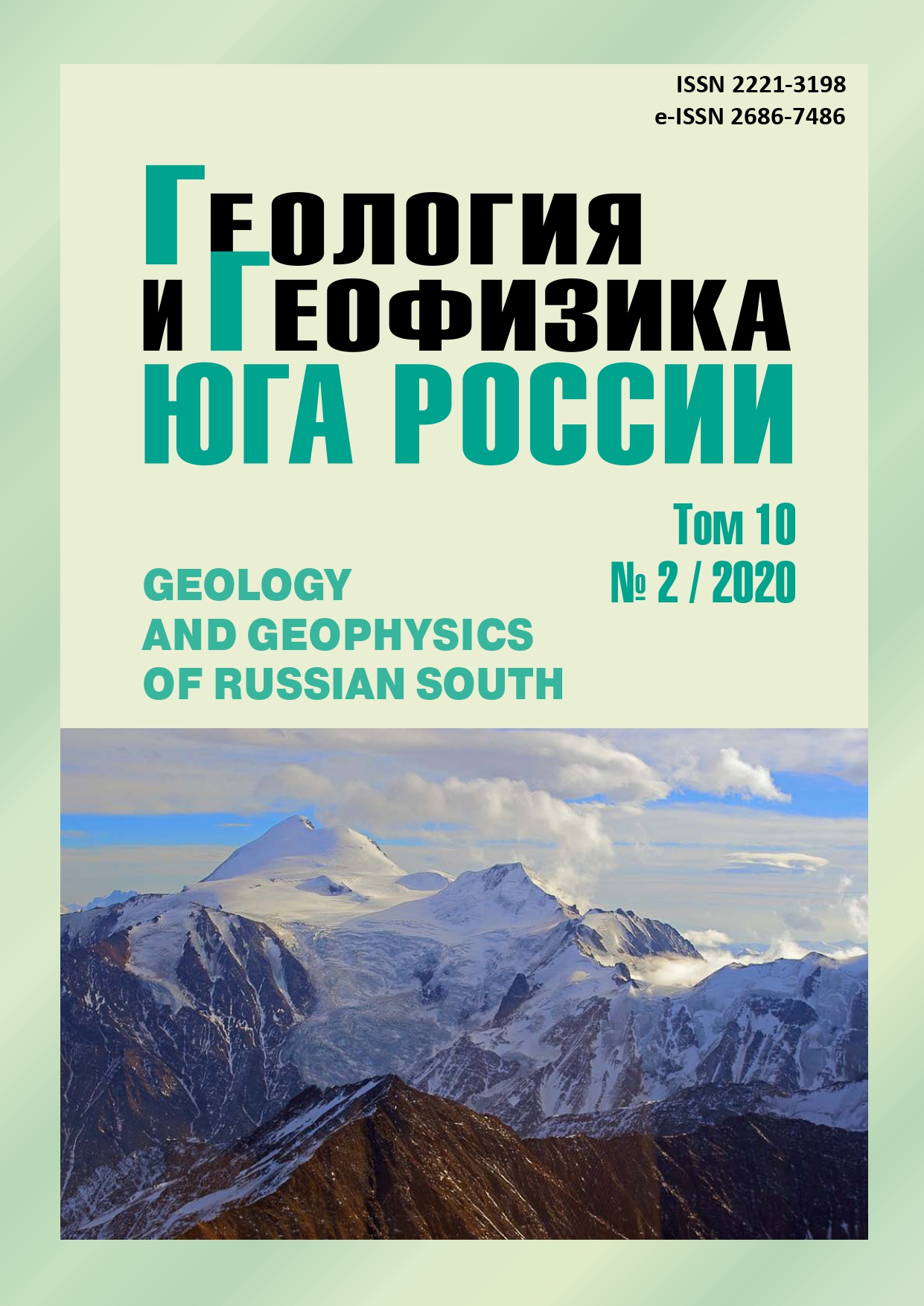Progress of Soil Nonlinearity Researches of Recent Years in Russia and Taiwan
Abstract
Relevance. Soil nonlinearity has a significant influence on result seismic effect at strong motions which differ from weak and moderate ones. Practice of construction faced with adequate account of nonlinear effect in weak soils and demand techniques for design parameters assessment. Researches of recent years in the field of soil nonlinearity may enrich each other and find the main way for effective practices and building codes regularization. The aim of this work is allocation of parameters for nonlinearity description and corresponding techniques development. Methods. Field soil response analysis with sources of different power in conjunction with strong motion records were analyzed by means of regression analysis and other machine learning techniques. Mathematical modeling includes multiple reflected waves analysis technique and finite elements modeling. Results. The parameters that are closely related to the absorption and soil nonlinearity were identified. The empirical formulas connecting the areas of normalized and real spectra with the parameters of seismic loadings were obtained using regression analysis. The differences of absorption mechanism in dispersed (soft) and rocky soils were defined. Conclusion. The models of ground strata behavior in the case of variable intensity of dynamic action on the basis of consideration of the real area of the spectrum and the average value of the frequency, characterized by a linear and nonlinear elastic-inelastic deformation of the soils are offered. Degree of nonlinearity (DNL) metric may be efficiently used for stress-strain curve assessment, and in the absence of strong earthquakes records it can be applied for powerful seismic sources records analysis what determines the direction of future research.


